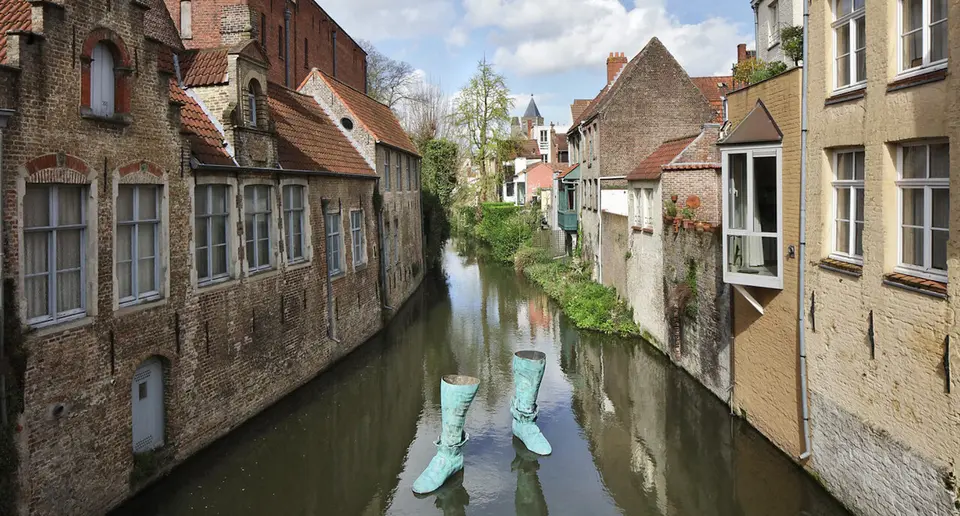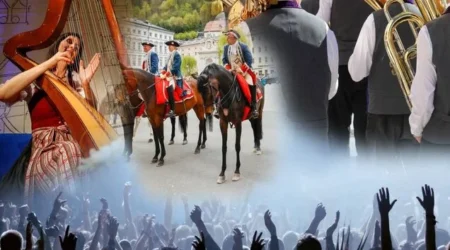Every three years the Bruges Triennial brings contemporary art and architecture to the historic city centre of Bruges: a unique setting and a UNESCO World Heritage Site.
- Bruges Triennial
In each edition, the artistic team invites national and international artists and architects to submit new temporary installations.
For visitors, it is a free exploration, following a unique and inviting trail with a social aspect.
For this fourth edition, the Bruges Triennial will explore the city’s hidden possibilities with the theme of ‘Spaces of Possibility‘.
How can a UNESCO-protected historic city, where non-building is central, cope with change? And how can contemporary art and architecture be a catalyst for this sustainable change?

Between 13 April and 1 September, get to know the temporary new interpretations that twelve artists and architects from around the world are giving to un(der)used or little-known locations in the city.
- The History of Bruges Triennial
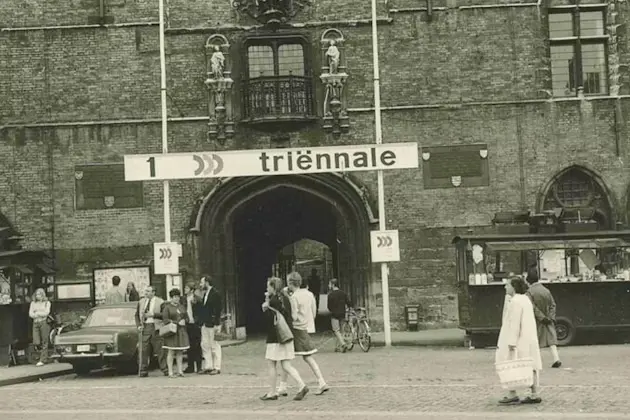
Since 2015, Bruges Triennial has been building on the series of triennials around visual arts that were organized in 1968, 1971 and 1974.
Whilst the focus lay on contemporary Belgian art and a more museum-centric context in these early editions, when the concept was revived in 2015 the decision was made to add architecture to the programme as a second pillar.
Moreover, the event is no longer staged indoors, but in the public space. This has proven to be a successful formula.
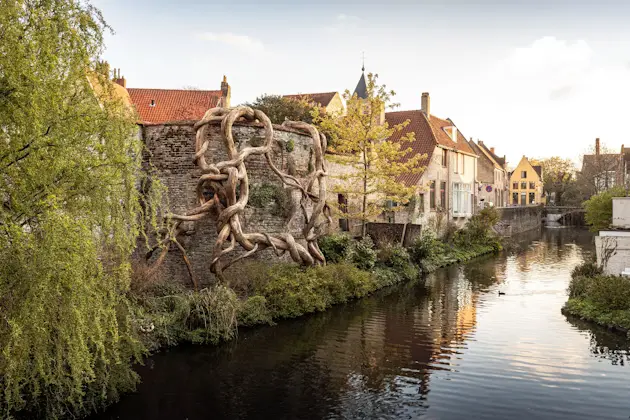
The first edition, at the time known as Triennial for Plastic Art in Belgium, took place in the illustrious year 1968 in the Bruges City Halls and featured 86 artists including Marcel Broodthaers, Jef Geys, Panamarenko and Roger Raveel. Two editions followed in 1971 and 1974, but these were the last.
In 2015 – 41 years later – City of Bruges picks up where it left off and stages the surprising Bruges as Megapolis.
With this theme, the curators depict the imaginary transformation of Bruges into a global city, in which its five million annual visitors didn’t leave but became residents instead.
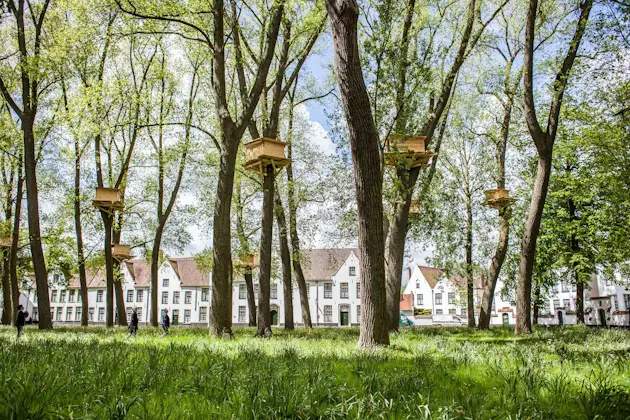
In 2018, with the theme Liquid City | Vloeibare Stad, the focus was on the uncertain aspects of contemporary society.
How flexible, fluid and resilient can a historical city like Bruges be in a time in which nothing seems certain anymore?
Installations in and around the water enrapture people in unexpected places.
In 2021, with TraumA, the curators shifted the focus from the public space to the hidden dimensions of Bruges and its residents.
A polyphonous tale in which ambiguity came into the picture, and the demarcation between public and private space was negotiated afresh.
Would you like to know more about the previous editions? Take a look here.
- BRUGES TRIENNIAL
Contemporary visual art and architecture

Bruges is an outstanding example of a medieval historic settlement, which has maintained its historic fabric as this has evolved over the centuries, and where original Gothic constructions form part of the town’s identity.
- In the streets of the UNESCO world heritage city of Bruges
International merchants built up Bruges into one of the largest Hanse cities. In the 15th century the city flourished as never before. Large parts of the medieval heritage remained practically intact. Therefore, it is only logical that UNESCO designated the entire city center as a World Heritage site.
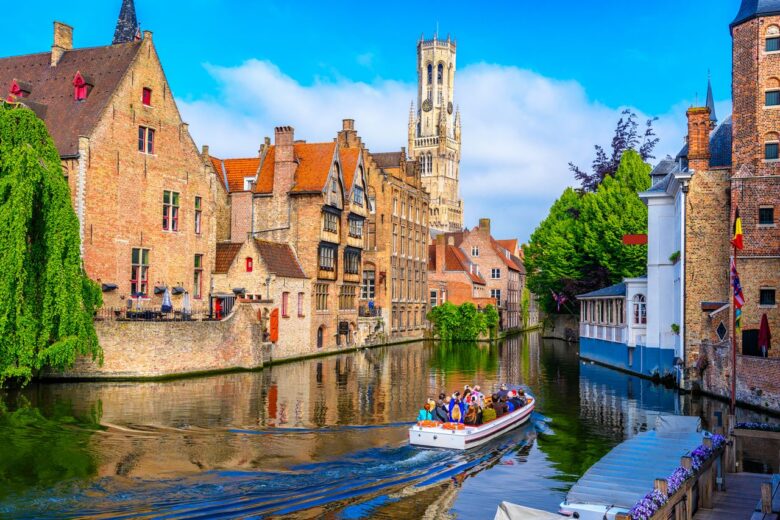
- National and international artists and architects
The medieval architecture in Bruges is mostly intact, making it one of the best-preserved medieval towns in Europe. The “Historic Centre of Bruges” has been a UNESCO World Heritage Site since 2000.
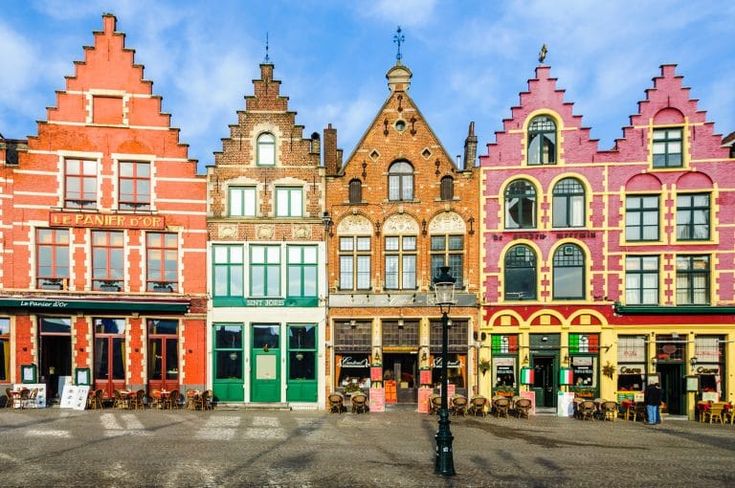
- Commissioned temporary installations
In each edition, the artistic team invites national and international artists and architects to submit new temporary installations.

- Where to stay in Bruges?
From the energetic historic center to the charming outer neighborhoods, there are plenty of options for where to stay in Bruges.
We suggest Booking in advance because of how many tourists Bruges attracts. To get the best deals and availability research and book early, you can always cancel later if your plans change. Many hotels have offers.

